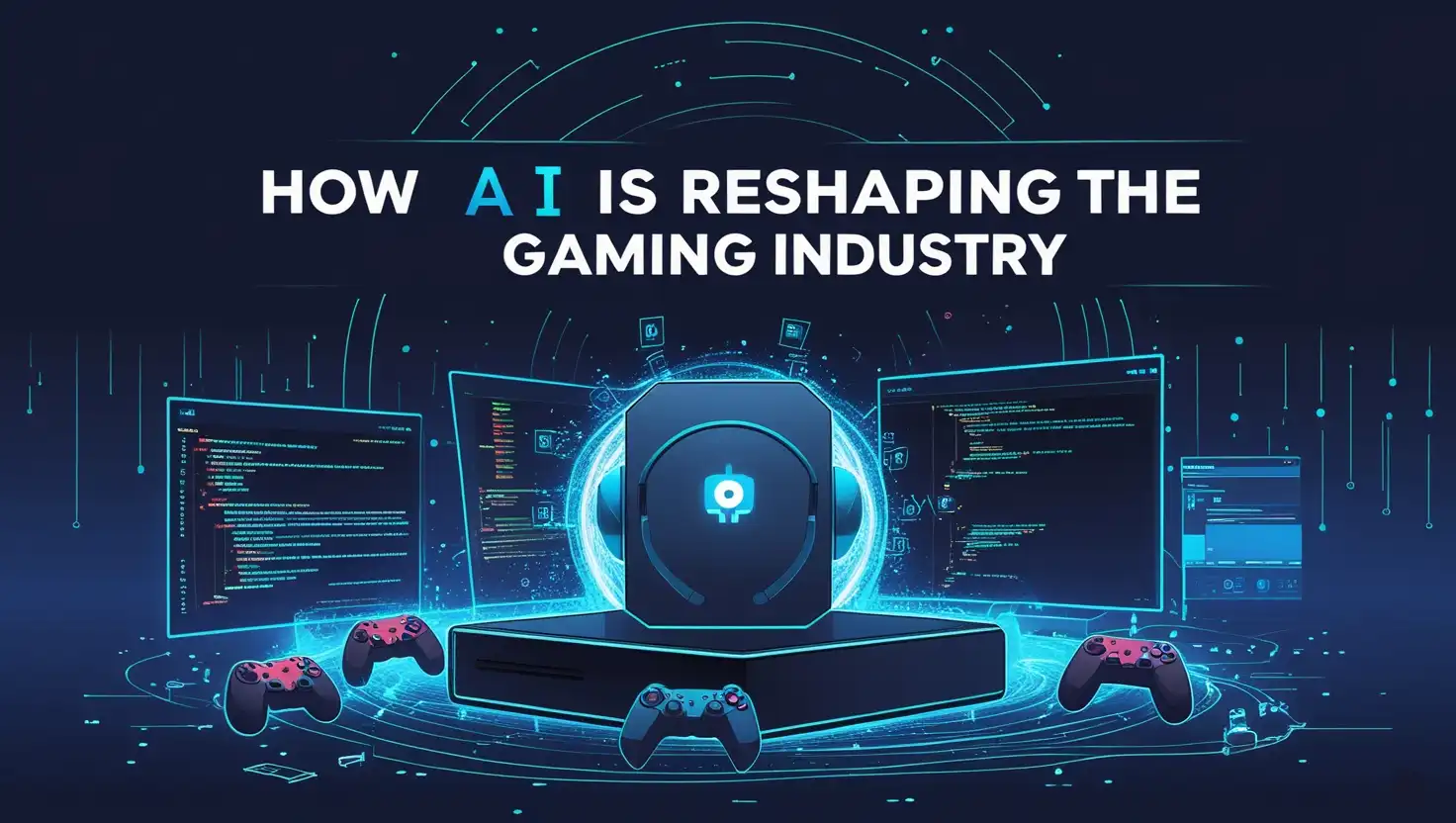How AI is Reshaping the Gaming Industry
The gaming industry has witnessed a paradigm shift in artificial intelligence (AI), transitioning from traditional rule-based algorithms like pathfinding and finite state machines to sophisticated deep learning models. Today, AI-driven solutions such as ChatGPT and Google Gemini are redefining player interactions, procedural content generation, and game testing. Additionally, NVIDIA’s DLSS technology is revolutionizing texture upscaling, pushing graphical fidelity to new heights.
In this article, we’ll explore how modern AI models are reshaping game development, providing tangible benefits for studios looking to stay ahead in the competitive gaming landscape.
Historical Milestones in AI and Gaming
The evolution of AI in gaming has been nothing short of remarkable. Some of the key milestones include:
- AI mastering board games: IBM’s Deep Blue defeated chess grandmaster Garry Kasparov in 1997, proving that AI could surpass human intellect in structured environments.
- Deep reinforcement learning in Go: DeepMind’s AlphaGo shocked the world in 2016 by beating world champion Lee Sedol, showcasing AI’s ability to strategize beyond human intuition.
- AI competing in esports: OpenAI’s Dota 2 bot demonstrated superhuman capabilities by defeating professional players in real-time strategy-based gameplay, setting a precedent for AI in complex, dynamic systems.
These breakthroughs paved the way for AI’s integration into game development, far beyond just playing games—AI is now creating, optimizing, and revolutionizing game experiences.
Contemporary AI Models and Their Applications in Gaming
The latest advancements in AI, particularly models like ChatGPT and Google Gemini, are being seamlessly integrated into Unity game development workflows. These models are opening new possibilities across three major categories:
- AI That Plays: Revolutionizing Game Testing: AI-powered agents can autonomously test games, reducing QA costs and improving efficiency.
- Automated bug detection: AI models simulate player behavior to uncover edge-case bugs and verify asset integrity.
- Curiosity-driven exploration: AI bots navigate open-world environments to stress-test game mechanics.
- Case Study: Ubisoft’s AI testing bots in The Division series helped developers identify and resolve glitches before launch, significantly reducing manual testing efforts.
- AI That Creates: Procedural Content Generation & Texture Upscaling: AI-driven creativity is enhancing game visuals and content creation.
- Texture Upscaling with NVIDIA DLSS: Deep Learning Super Sampling (DLSS) leverages AI to upscale lower-resolution textures, improving visual fidelity without increasing GPU workload. This technique has been instrumental in remastering classics like Mass Effect Legendary Edition.
- Seamless Animation Transitions: AI models analyze motion data to create fluid animation blending, reducing the need for manual keyframing.
- Case Study: Ubisoft’s Ghostwriter AI generates natural-sounding NPC dialogues, significantly streamlining content creation.
- AI That Models: Enhancing Matchmaking & Anti-Cheat Systems: AI is transforming how multiplayer experiences are structured.
- Smart Matchmaking: AI models analyze player performance and behavioral data to create fairer matches.
- AI-driven Anti-Cheat Systems: Machine learning detects and bans cheaters by identifying unnatural behavior patterns.
- Case Study: Valve’s AI-driven cheat detection system in CS:GO significantly reduced in-game exploits by flagging suspicious actions in real time.
Generative AI in Game Development: Streamlining Creativity
Game studios are leveraging generative AI for:
- Concept Art & 3D Modeling: AI tools assist in generating high-quality game assets, reducing production timelines.
- Dynamic Storytelling: AI-generated narratives provide unique experiences in every playthrough.
- Adaptive NPC Interactions: AI-powered characters respond to players dynamically, creating immersive worlds.
Adaptive AI in Gameplay: Smarter Enemies & Evolving Challenges
AI is making game environments more responsive and unpredictable:
- Bosses that learn: Enemy AI adapts based on player tactics, ensuring no two battles feel the same.
- NPCs with memory: AI remembers player interactions, influencing dialogue and quest progression.
This level of responsiveness elevates engagement, ensuring a fresh and challenging experience.
AI-Driven Narrative Generation: The Future of Interactive Storytelling
AI-powered storytelling engines can craft procedural narratives, offering:
- Dynamic questlines that adapt to player choices.
- AI-generated dialogue trees for lifelike NPC interactions.
- Personalized story arcs, enhancing replayability.
Conclusion: The AI-Driven Future of Game Development
As AI models like ChatGPT, Google Gemini, and NVIDIA DLSS become integral to game development, studios that embrace these technologies will lead the next era of gaming innovation. By automating testing, enhancing visuals, and creating adaptive gameplay, AI is pushing the boundaries of what’s possible in interactive entertainment.


